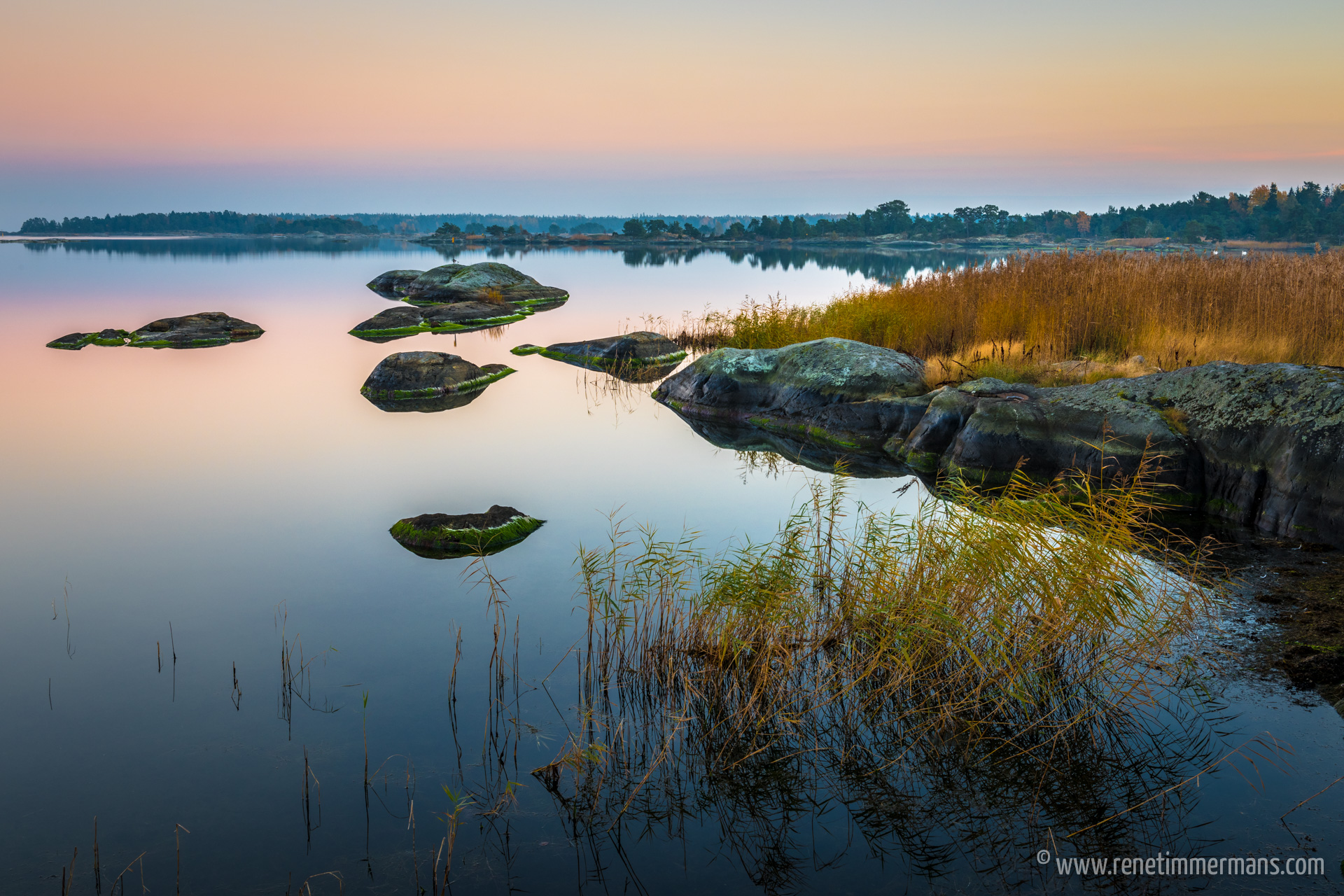
by René Timmermans | Aug 7, 2016 | Gear
Recently I received the opportunity to review one of the Sleeklens products, the Through The Woods workflow for Adobe Lightroom. The workflow contains a bundle of 51 presets and 30 brushes targeted specifically for landscape photography. Besides the Through The Woods bundle Sleeklens provides many other bundles, e.g. for portrait, wedding and b&w photography. Check out their website for a full view of their offering.
Installation:
The bundle comes as a .zip-file. Once extracted it includes clear instructions how to install the presets and brushes into Adobe Lightroom, which is as easy as copying the files into the right folder. It also includes a useful document with recipes on example photos. Furthermore, on the Sleeklens website there are several easy-to-follow tutorial videos available on how to use the workflow.
Using the bundle:
The presets are very easy to use. In the Develop module in the Presets panel there is a list of 51 different presets divided over 6 categories. These presets can be used in combination of each other to create the desired effect. While hovering over one of the presets a preview of the preset is shown in the Navigator panel to get an idea of the effect before applying it. The brushes work equally as easy. When the Adjustment Brush has been selected all 30 brushes are available in the effect list and the effect can be painted into the photo.
I have tested the presets and brushes on various photos. Below you will find two examples of edited photos with the Sleeklens bundle from a photo trip to the island of Utö in the Stockholm archipelago in October last year during the autumn. For both photos I have used a combination of all six Sleeklens preset categories and made local adjustments where necessary with the Sleeklens brushes. As you can see I was able to bring the photos to life by adjusting or enhancing the exposure, colors, contrast, etc without spending too much time in the Develop module.
Since each photo is unique in its own way it is difficult to get a desired effect by using standard presets or brushes. I found that tweaking of the develop settings is absolutely necessary after applying each preset or brush to get the optimal result. Nevertheless, the presets give me a quick starting base from where to adjust further on, without having to manually select and set all the different develop settings from the start. Especially when editing a large number of photos this will be saving a lot of time.
An additional advantage I found is that you do not need to leave Adobe Lightroom to apply the presets and brushes. I am used to work in my digital workflow with third-party plugins, e.g. OnOne Photo 10 or Google’s Nik Collection, but need to leave Adobe Lightroom to apply the effects, which takes time and creates multiple files in my database.
Example Photo 1: Autumn over Utö
Camera: Nikon D810
Lens: Nikon 24-70mm, f/2.8
Focal Length: 44mm
ISO: 200
Exposure: 1/200sec at f/8
Tripod: Manfrotto 190CXPRO3
Example Photo 2: Silent Autumn
Camera: Nikon D810
Lens: Nikon 24-70mm, f2.8
Focal Length: 38mm
ISO: 200
Exposure: 1/3sec at f16, -1EV
Tripod: Manfrotto 190CXPRO3
Conclusion:
The Sleeklens Landscape Lightroom Presets (Through The Woods) gives the ability to quickly apply standard develop settings to each photo saving time in the editing process and without having to leave Adobe Lightroom. The presets and brushes give a good starting point from where to tweak the develop settings further from.
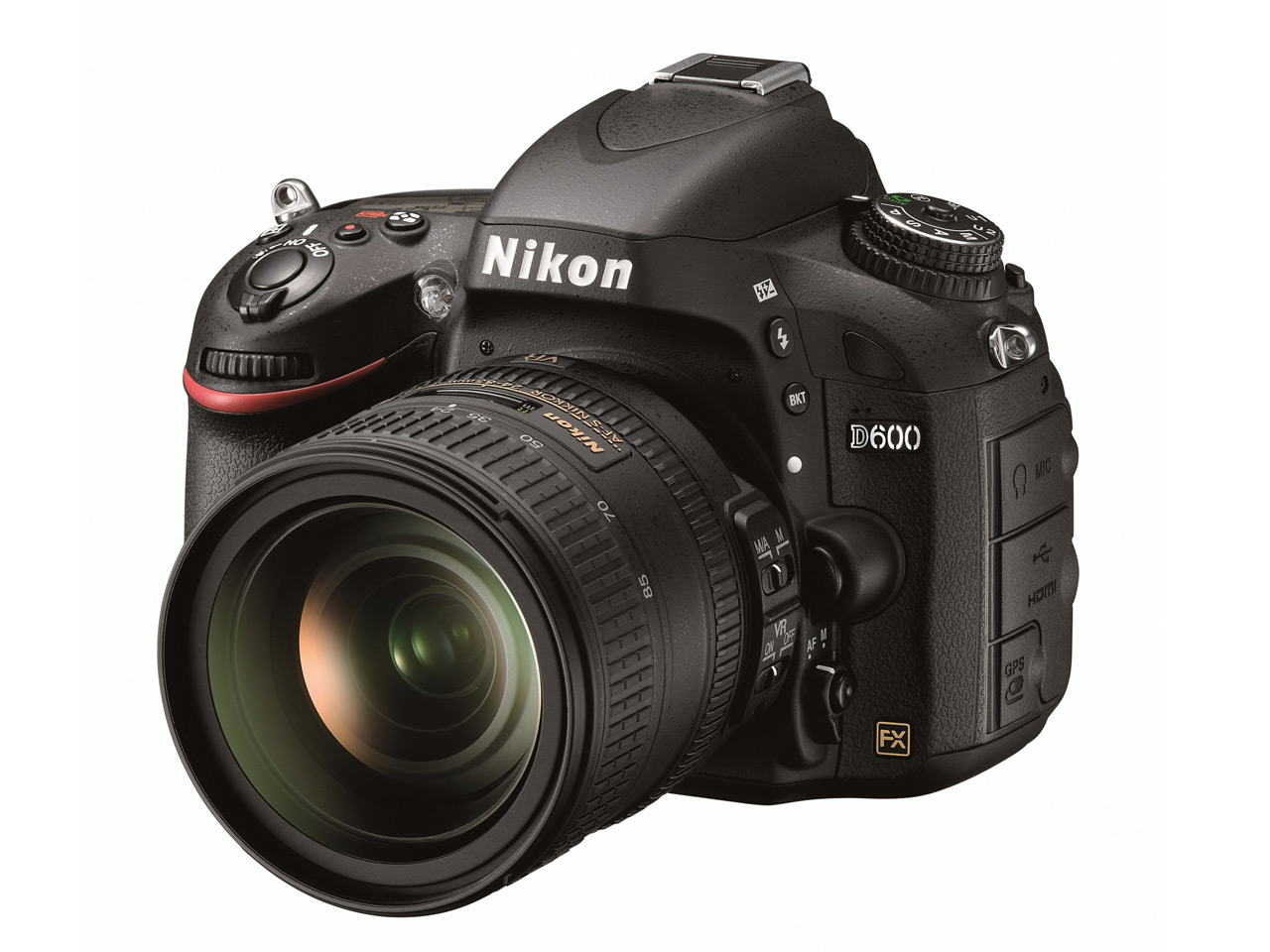
by René Timmermans | Sep 13, 2012 | Gear
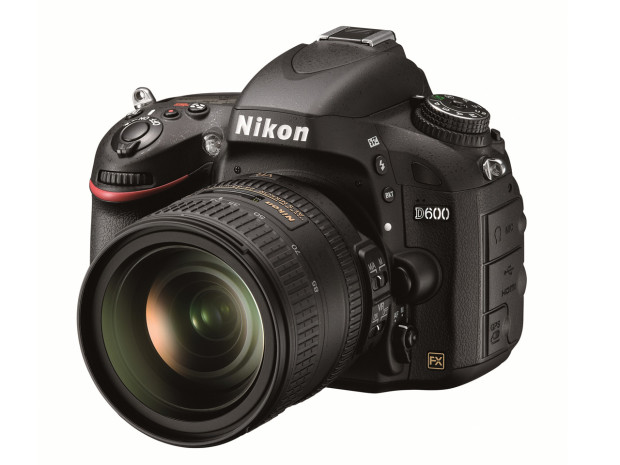
Today the Nikon Corporation announced the release of the Nikon D600 FX-format digital SLR camera.
The D600 is the smallest, least expensive full frame DSLR currently on the market, aimed directly at enthusiast photographers. The D600 is built around a 24MP, 36x24mm, CMOS sensor and has many of the features of the more expensive D800 into a body that is similar to the D7000.
It features a 100% coverage viewfinder and 39-point autofocus system, nine of which are cross-type points. It can capture 1080p HD video at 30, 25 or 24 frames per second and can stream uncompressed footage out over its HDMI port. There’s also an optional Wi-Fi unit allowing the camera to be controlled remotely from an Android or iOS device.
Nikon D600: Key Specifications
- 24.3MP Full-frame CMOS sensor (10.5MP DX-format crop mode)
- ISO 100-6400 (expandable to ISO 50-25,600 equivalent)
- Maximum 5.5fps continuous shooting
- 39-point AF system with 9 cross-type AF points
- 3.2in 921k-dot LCD screen
- 1080p30 full HD video mode with stereo sound recording
- Headphone jack for audio monitoring in movie mode
- Uncompressed video recording via HDMI
- Single-axis electronic level in viewfinder, duel-axis (pitch and roll) in live view
- Dimensions: 141mm x 113mm x 82mm (5.5 × 4.4 × 3.2 in).
- Weight: 760 g (1.6 lbs) (camera body only, no battery)
Go here to read the full Nikon press release.
Go here to read the hands-on review at DPReview.com.
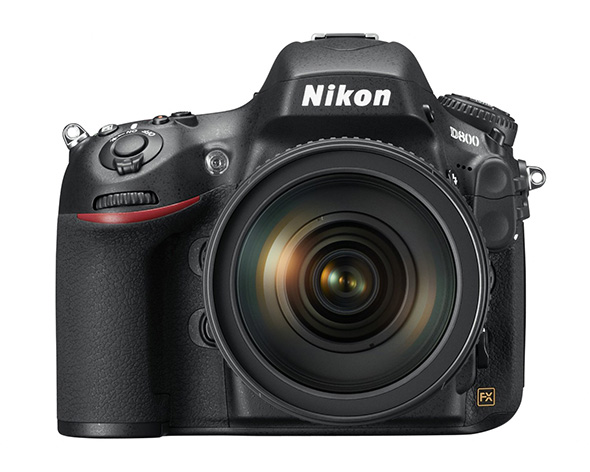
by René Timmermans | Feb 7, 2012 | Gear

Today the Nikon Corporation announced the release of the Nikon D800 FX-format digital SLR camera.
The D800, a new FX-format model offers an noteworthy effective pixel count of 36.3-million pixels. At its core is superior image quality equal to that achieved with medium-format digital cameras. The D800 is also equipped with a number of new functions for a high level of added value, all in a compact and lightweight body.
In addition to a new Nikon FX-format CMOS image sensor and the new EXPEED 3 image-processing engine, specifically optimized for Nikon digital SLR cameras, the D800 is equipped with a new 91K-pixel (approximately 91,000 pixels) RGB sensor that supports the Advanced Scene Recognition System with its noteworthy advances in scene recognition performance. The camera is also equipped with a number of new functions, including Multi-area mode Full HD D-Movie that enables movie recording using either the FX-based movie format or the DX-based movie format.
D800 primary features
- New Nikon FX-format CMOS image sensor
- New 91K-pixel RGB sensor for the more accurate Advanced Scene Recognition System
- Multi-area mode Full HD D-Movie for movie recording using one of two movie formats
- Viewfinder frame coverage of approximately 100%*1 and a lightweight and durable water- and dust-resistant body
- Support for high-speed continuous shooting and a variety of battery types with the Multi-Power Battery Pack MB-D12 (optional)
Other D800 functions and features
- A 51-point AF system for improved subject acquisition and focus performance under dim lighting. In addition, 11 focus points (five at center with an addition three to each side) are fully functional when lenses with a maximum aperture of f/8 are used.
- A 3.2-inch, approximately 921k-dot LCD monitor with reinforced glass, automatic monitor brightness control, and wide viewing angle
- A virtual horizon that shows the degree to which the camera is tilted sideways (roll), or forward or backward (pitch) with display in the monitor and viewfinder
- A new shutter unit that has passed testing for 200,000 cycles and supports a maximum shutter speed of 1/8000 s and flash sync speed of 1/250 s
- Continuous shooting at 4 (FX-format/5 : 4 image area) or 5 (DX-format/1.2x image area) fps
- CompactFlash and SD dual memory card slots
- Support for SuperSpeed USB (USB 3.0)
In addition to the D800, Nikon will also be releasing a supplementary model for those professionals who demand even higher resolution and D-SLR versatility; the D800E. This model treads in medium format territory for studio work or landscape photography when there is no exception to only the highest fidelity and sharpness. This unique alternative model will effectively enhance the resolution characteristics of the 36.3-megapixel CMOS sensor by cancelling the anti-aliasing properties of the OLPF inside the camera. By doing this, light is delivered directly to the photodiodes, yielding an image resulting from the raw light gathering properties of the camera. A color moiré correction tool will also be available within Capture NX2 to enhance the D800E photographer’s workflow.
Go here to read the full Nikon press release.
Go here to read the hands-on review at DPReview.com.
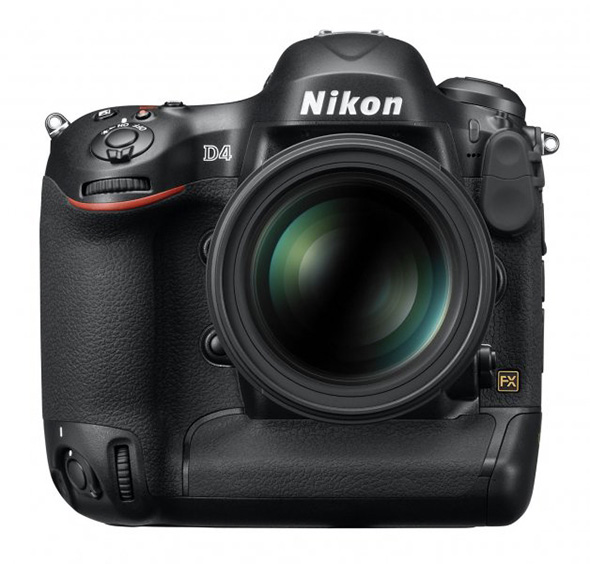
by René Timmermans | Jan 6, 2012 | Gear

Today the Nikon Corporation has announced the release of the Nikon D4, a Nikon FX-format camera that serves as the new flagship model in Nikon’s lineup of digital-SLR cameras.
The D4 is equipped with a new Nikon FX-format CMOS image sensor (imaging size of 36.0 x 23.9 mm) and EXPEED 3, the latest image-processing engine specifically optimized for digital-SLR cameras, making it the next-generation flagship Nikon digital-SLR camera with the ultimate in versatility and functionality that offers superior image quality rich in detail along with excellent high-speed performance. It has an effective pixel count of 16.2-million pixels, and offers superior image quality under a broad range of lighting conditions with its image sensor supporting an incredible range of sensitivities from ISO 50 to ISO 204800.
D4 primary features
- New Nikon FX-format CMOS image sensor
- New EXPEED 3 image-processing engine with superior, high-speed processing capabilities
- 91K-pixel RGB sensor for the more accurate Advanced Scene Recognition System
- Faster and more accurate AF with 51 focus points
- Multi-area Mode Full HD D-movie with three image area options
- Smooth workflow from initial setup to image transfer
- The new compact Wireless Transmitter WT-5
- Capture NX 2 Ver. 2.3 for significantly faster processing
Other D4 functions and features
- Extremely durable shutter that has passed testing for 400,000 cycles
- Magnesium alloy adopted for the very strong, durably body that is very resistant to dust and water
- Effective sealing using O rings and packing make the camera more resistant to dust and water
- Silent shutter-release mode for live view photography that almost completely eliminates the sounds of the mirror and shutter operation
- A time-lapse photography feature, with which the camera automatically takes photos at selected intervals to record a time-lapse movie, which can be played back at 24–36,000x normal playback speed
- Operation optimized for both horizontal (landscape) and vertical (portrait) shooting
- Button backlights (illuminators) for increased visibility when working in dimly lit or dark situations
- High-performance viewfinder, utilizing a glass pentaprism, with a frame coverage of approximately 100% (FX format) and magnification of approximately 0.7x
- Four image area options for still shooting—FX (36 x 24), 5:4 (30 x 24), 1.2x (30 x 20), DX (24 x 16)—with viewfinder indicator that identifies the current image area
- A 3.2-inch, approximately 921k-dot LCD monitor with reinforced glass and wide viewing angle; integration of the glass and panel reduce internal reflections
- A virtual horizon that shows the degree to which the camera is tilted sideways (roll), forward or backward (pitch) with display in the monitor and viewfinder
- White balance that can be adjusted in units of 10 K; white balance can be specified separately for shooting (white balance applied to images) and monitor display with still-image shooting in live view mode
Go here to read the full Nikon press release.
Go here to read the hands-on review at DPReview.com.
In addition the Nikon Corporation has announced the release of the AF-S NIKKOR 85mm f/1.8G, a fast, medium-telephoto fixed focal length lens with a focal length of 85 mm and a maximum aperture of f/1.8 compatible with the Nikon FX-format. Go here to read the full Nikon press release of the AF-S Nikkor 85mm f/1.8G.
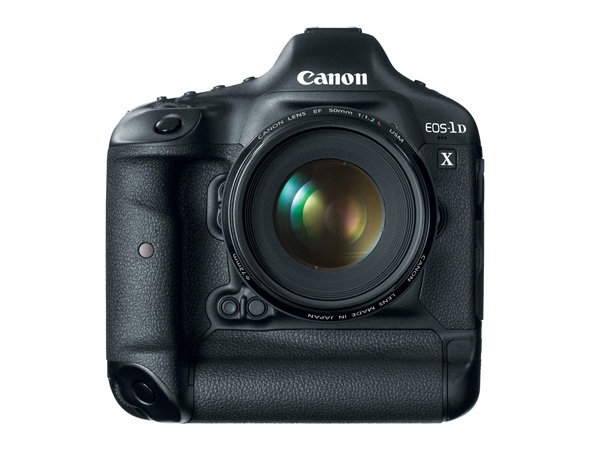
by René Timmermans | Oct 18, 2011 | Gear

Today Canon USA has announced the launch of the newest model in the 1D line-up, the Canon EOS-1D X.
The Canon EOS-1D X is built around a new full-frame CMOS sensor with 18M pixels, capable of shooting up to 14 frames per second (12 with AF). Although the new addition looks like the previous 1D cameras it has been thoroughly rebuild, e.g. it includes much more professional video capabilities than any other Canon DSLR model before. The goal of Canon’s new DSLR camera is to replace the sports-focused 1D cameras, as well as the studio-focused 1DS cameras.
The launch of the Canon EOS-1D X is planned for March 2012 and will have an RRP of $ 6,800 in a body-only configuration.
Click here to read the official press-release from Canon USA.
Click here to read the Canon EOS-1D X overview at dpreview.com.
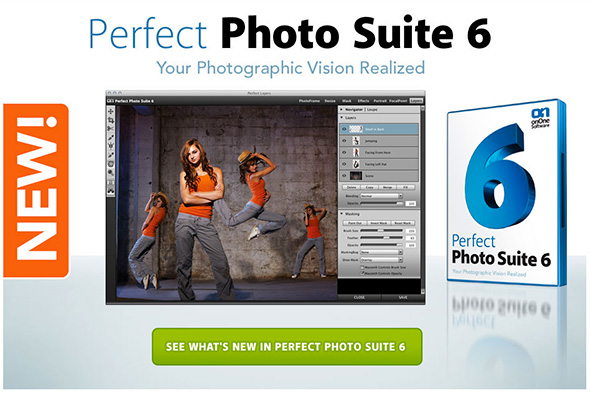
by René Timmermans | Sep 7, 2011 | Gear

Today at the start of Photoshopworld onOne Software, a leading developer of Adobe Photoshop and Apple Aperture plug-ins, has announced the newest version of their award winning product suite Perfect Photo Suite 6.
Perfect Photo Suite 6 offers the best new tools for solving the most common problems faced by photographers today. This major upgrade introduces completely new products Perfect Portrait and Perfect Effects, Perfect Mask, the next generation of Mask Pro, Perfect Layers, in addition to favorites Perfect Resize, FocalPoint and PhotoFrame. Now you can move effortlessly between applications, for a smoother and faster workflow and all products in the Perfect Photo Suite 6 work as standalone applications in addition to working directly from within Adobe Photoshop (Lightroom) and Apple Aperture.
Perfect Photo Suite 5.5 owners can upgrade for $149.95, with those who purchased after Aug 7th 2011 getting a complimentary upgrade. The full suite will be $299.95 and will be available in late October, 2011.
Click the image above to read more about the new release of Perfect Photo Suite 6.

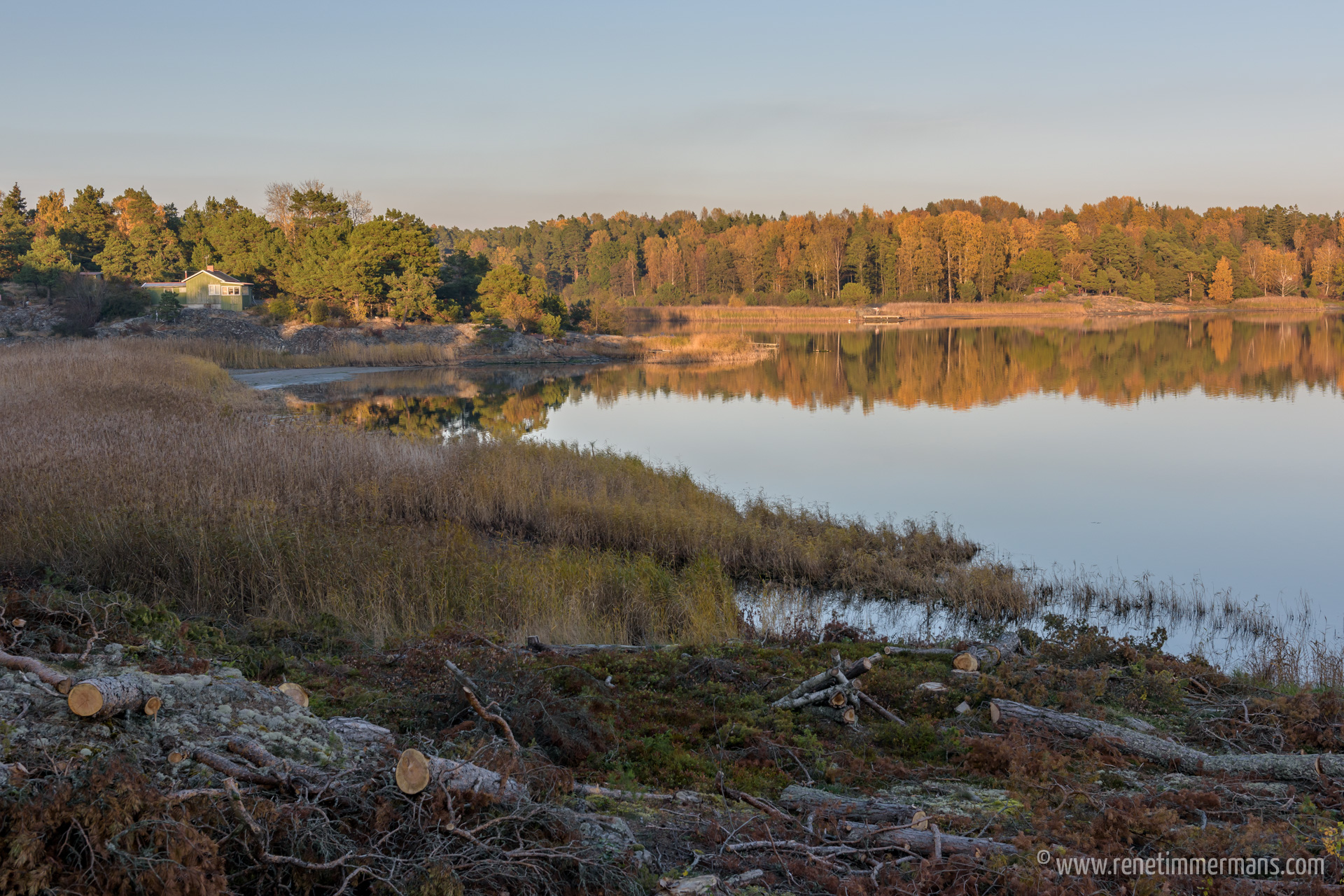
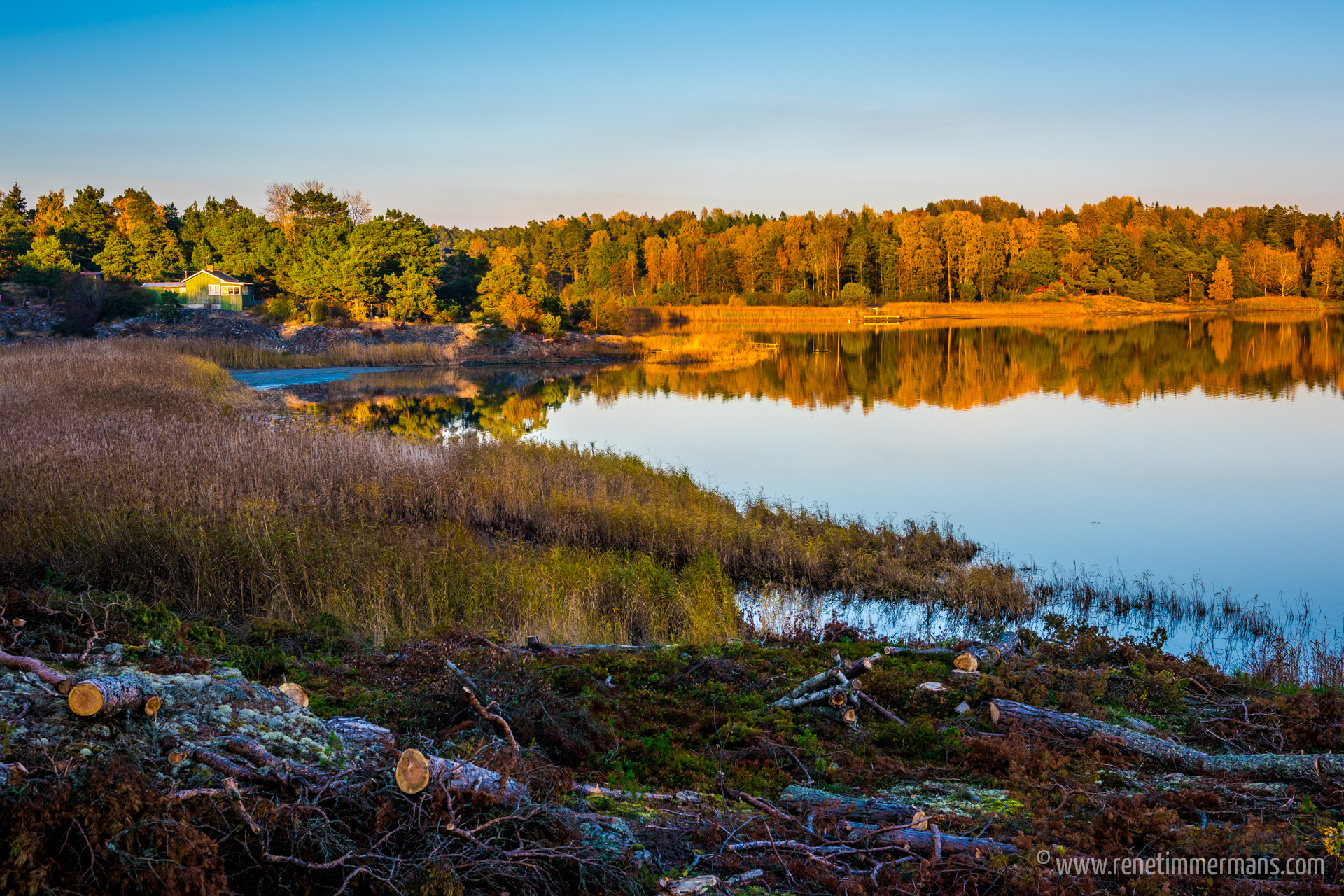
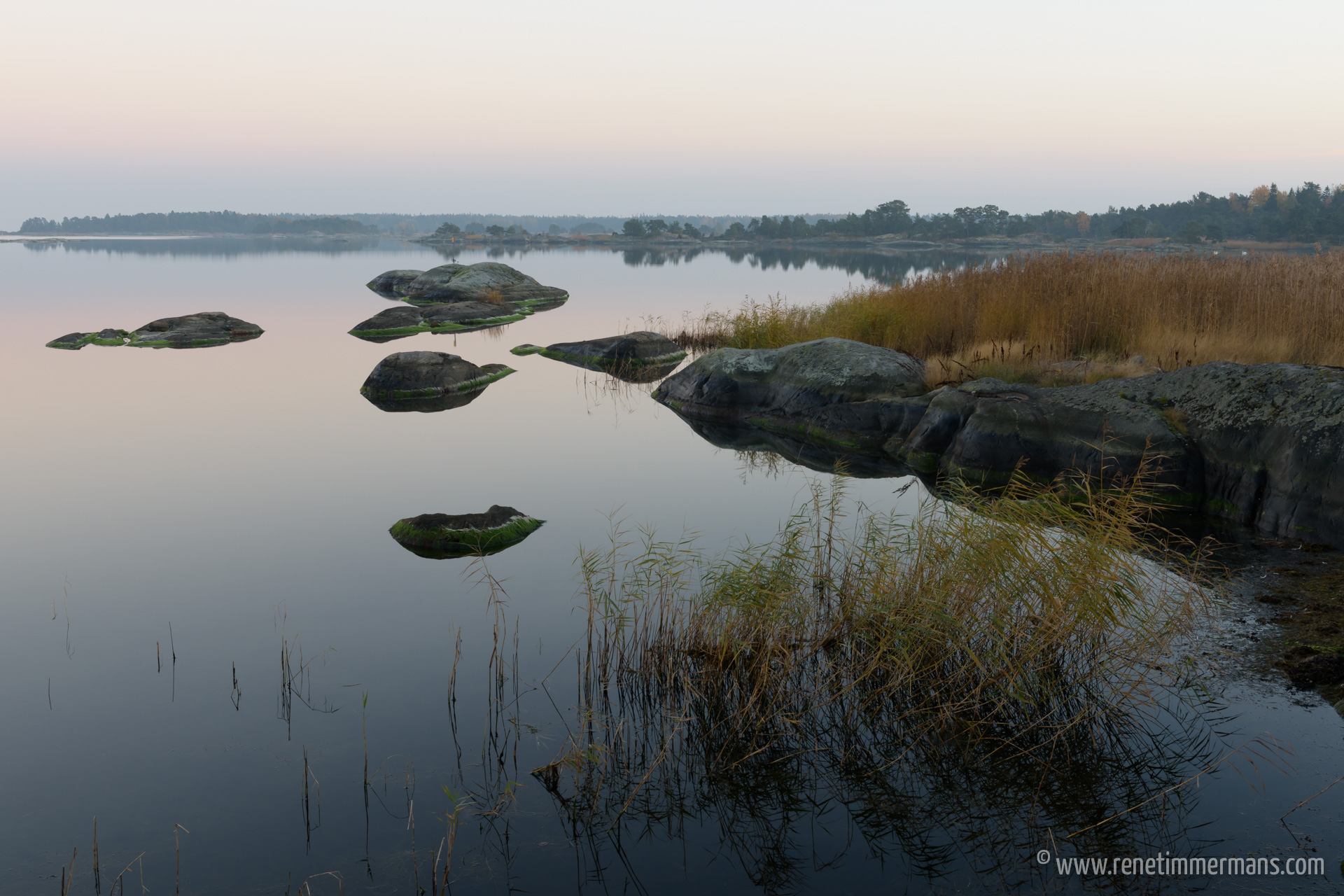











Recent Comments